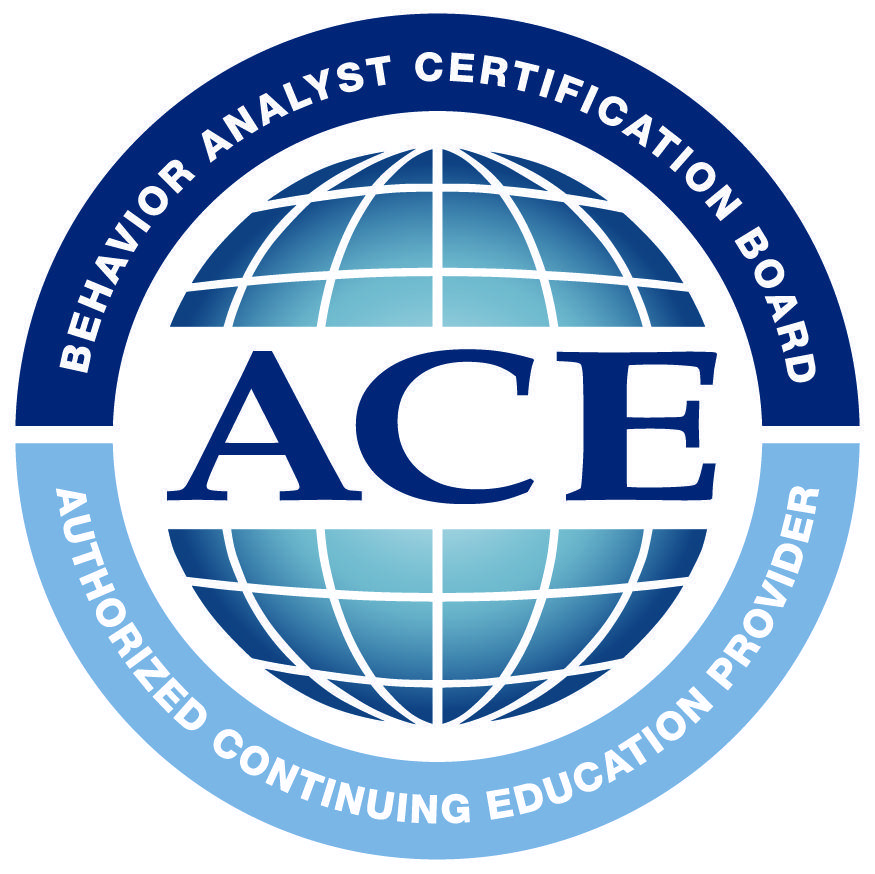Previously, we discussed preparation and discussions for safely conducting ABA sessions in home settings as a result of COVID-19. We may have now learned about our employer policies and are now preparing to enter into homes. However, with safety measures such as physical distancing in place and increased safety protocols, what will sessions look like? The answer is, they will all look different!
Safety protocols. Due to the safety protocols in place, you will likely notice an increase in session set-up and breakdown time, and that is okay. If you are worried about less clinical time and therefore fewer learning opportunities, speak with your employer about options to increase session time. As you become fluent with the safety protocols, you are likely to decrease your own duration for implementing those safety protocols, thereby increasing the amount of clinical time available for learning.
Physical distancing. It can be extremely difficult to physically distance yourself from some of your clients, especially when you have worked so hard yourself to make yourself a reinforcer in their life. It may be time to teach new skills such as kicking balls instead of throwing balls, practicing parallel play or even engaging in more imaginative play.
Caregivers as a proxy. I know, I know, the caregivers have been working hard, possibly even serving as a proxy during remote services, and now are excited for you to come back into the home to give them a break. There may be some tasks that still require physical prompts. Pre-plan with the parents, at a time that works for them, to work on those skills where they can assist. It is highly beneficial for parents to learn skills such as prompting and prompt fading, and therefore these opportunities can be used as caregiver education.
Modeling. There is no time better than now to get familiar with modeling, whether that’s in person, with peers, or using video modeling. Using this prompt will allow us to maintain physical distance while also demonstrating what a skill should look like.
Token Economies and other physical stimuli. Previously, both you and your client may have touched the token economy during the session, whether it was rewarding for the client to place tokens on, practice counting pulling off, or simply hold the fun-themed tokens. Consider having only one person control the Token Economy (which may be you, the parent, or in some cases, the client if they are capable of it). Otherwise, you can continue the use of electronic Token Economies that you control or create two versions, thereby teaching the client to copy you by modeling how to use it and then allowing them to complete that same task on their version.
Make it fun. This cannot be said enough! We need to continue pairing as we go back into the homes. Our families have been off of routines (as have we) and we will all need to re-acclimate to what sessions look like. Whether this means pairing with personal protective equipment or simply fading in demands, we must remember that we may need to re-invent what sessions look like. When the client is sick of washing their hands, make it fun by singing and dancing to it. When the client is not quite ready for a 9:00 AM session due to their sleeping habits over the past two months, ease into those demands.
Collaborating with our creative ideas will be key to identifying ways to address the “new norms”. Overcoming barriers with our strengths will help us to ensure that we are continuously providing quality services for our clients and families while maintaining safety for all people involved.
Ready to start the RBT or ABAT Course? Click here to get started.
Let us know if there is a topic you would like covered in a blog or if there is an aspect of ABA learning you would like in a course!

ABA Courses is an Authorized Continuing Education Provider
© 2019 All Rights Reserved. ABA Courses | Terms and Conditions | Privacy Policy